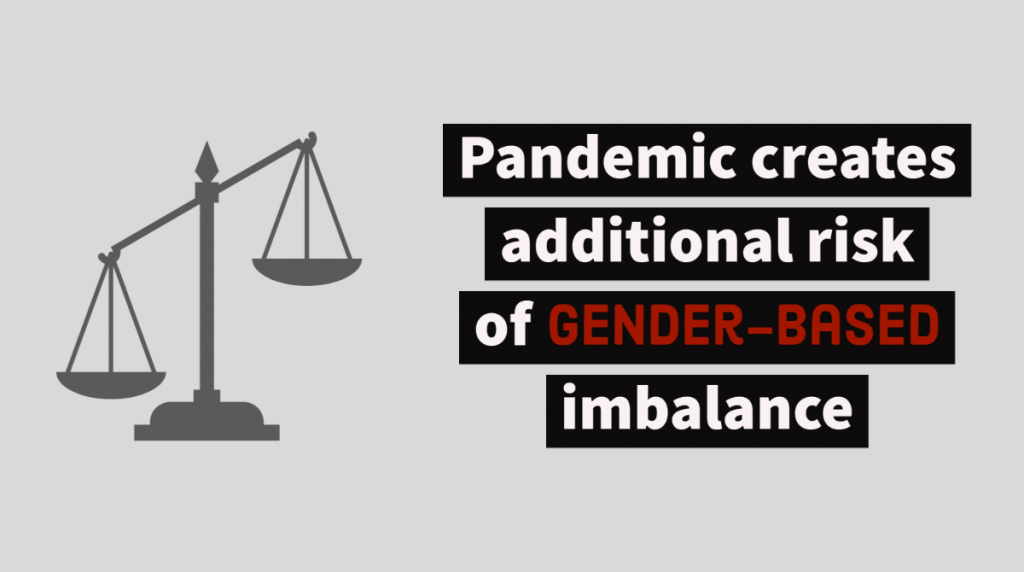
Posted July 14th, 2020 in Top Stories, Legal Insights with Tags The Equal Pay Advisor
COVID-19 Creates Additional Risk of Gender-Based Imbalance
Much has already been said about the impact COVID-19 has had on the American workplace. Employers, in particular, are by now all too familiar with nuances of the FFCRA, conducting business through Zoom, and accommodating alternative work schedules for its employees wherever possible. Nevertheless, there are some legal risks associated with these COVID-related changes in the workplace that deserve more attention than they have received to date. One of these is the potential for gender-based imbalances in compensation, promotions, and other conditions of employment.
The problem stems largely from the fact that childcare duties still tend to fall disproportionately on women. COVID-19 has dramatically exacerbated the lack of safe and affordable childcare, making women more likely to sacrifice their place in the workforce in order to care for their families. These sacrifices range from working fewer hours, taking on fewer responsibilities, or just exiting the labor market entirely [source].
Employers must remain vigilant so that these gender-correlated employment trends do not expose them to liability under the Equal Pay Act (EPA), Title VII, or any of their state law equivalents. Consider this: two employees (one a man, the other a woman) with comparable skill and experience are both being considered for an important project that will increase their profile within the company and, if successful, likely lead to a promotion or a significant pay increase. In current conditions, the woman finds that her childcare responsibilities limit her availability. While the woman’s limited availability may provide a justification for awarding the project to the male employee, doing so may also create some risk of liability.
Admittedly, the risk in the scenario above is fairly limited, but the risk increases when these trends impact an entire pool of employees. For instance, an employer may notice that, during the pandemic, women in its ranks were promoted less frequently or received fewer/smaller bonuses than their male counterparts. Such trends have the potential to create much more significant risks than the scenario above, because the EPA and disparate impact theories under Title VII do not require proof of an intent to discriminate. Put differently, an employer may find itself on the wrong side of the law even if it never meant to benefit men more than women. Turning a blind eye to natural trends may itself be a problem. Our advice to employers—as the makeup of each employer’s workforce will require a different solution—is to closely track how the benefits of employment are being allocated across their organizations (potentially in the form of a pay equity audit) during the pandemic, and be prepared to promptly respond to those findings.